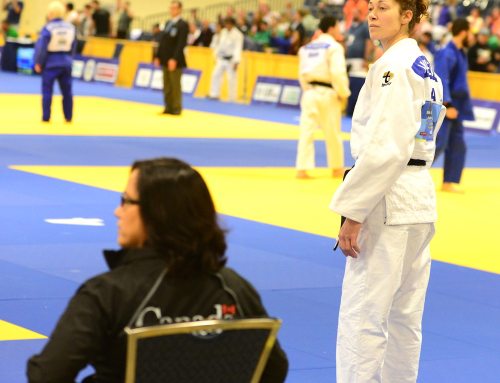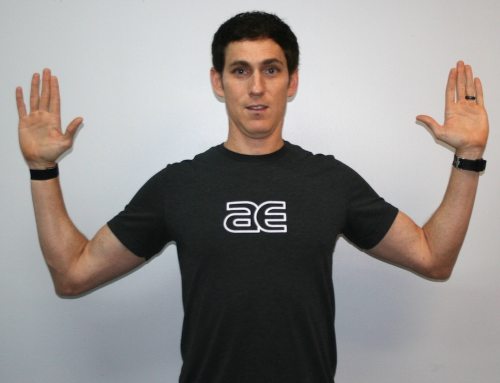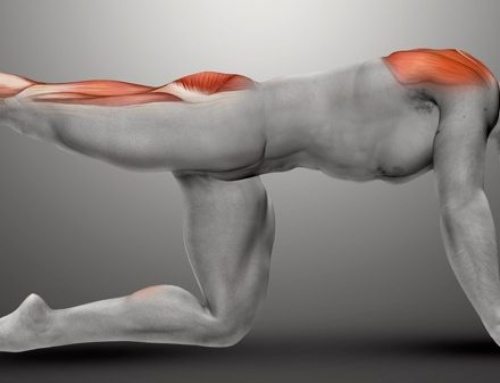By Brian Schiff
It is no secret that women like to look their best. When it comes to footwear, some choose style, while others seek comfort. Currently, high heels and flip flops are very popular across the generations, but the major question is what impact do they have on your foot, gait and injury risk.
It has been previously reported that high-heel use can shorten the medial head of the gastrocnemius muscle, increase Achilles tendon stiffness and lead to muscle fatigue. A recent study published in the January 2012 edition of the Journal of Applied Physiology sheds more light on the effects of high-heel use. It compared a group of nine young women asked to wear high heels (no less than a 5-centimeter heel) for 40 hours per week and a group of 10 young women who wore heels for fewer than 10 hours per week over a two-year period.
The results showed that those who spent more time in heels had increased muscle activation during stance phase (compared to barefoot walking) and substantial increase in muscle strains.
Clearly, heels force the foot into a fixed plantar flexed position. Wearing improperly fitted heels increases the risk of joint pain, ankle sprains, bunions, hammer toes, plantar fasciitis and even ingrown toenails. These changes can take place in a very short time.
So what about your favorite pair of flip flops? The short answer is they come with their own set of problems. Namely, they offer little to no arch support and may lead to higher shock absorption in the foot. This in turn may cause Achilles tendon and calf strains, as well as plantar fasciitis. Overpronators and those with flat feet are at even more risk for developing soft tissue dysfunction.
Simply put, prolonged use of high heels and flip flops will increase your risk for injury and foot dysfunction over time. As studies have shown this to be true with walking, bear in mind the ground reaction forces and required absorption with running is significantly higher. As you increase mileage, this may become even more of a factor.
To reduce your risk of injury and maximize your lower leg and foot fitness, incorporate the following exercises in your training routine:
- Soft tissue mobilization for the plantar fascia – Using a golf ball or trigger point ball, roll the plantar fascia for 1-2 minutes.
- Standing calf stretch – In a split squat position, keep the back heel flat and shift the body weight forward. Hold for 20-30 seconds and repeat twice. Repeat with a bent knee to emphasize a stretch to the soleus and Achilles tendon.
- Single-leg calf raises – Rise up on the toes, pause and then slowly lower back down. Perform two to three sets of 10-15 repetitions and progress to a step for added stretch at the bottom.
- Single-leg sticks – Stand on the right leg and leap forward onto the left, allowing the ankle, knee and hip to bend (single-leg squat position). Pause for 1-2 seconds and repeat 10 times. Switch stance legs and repeat on the other side. This exercise helps with shock absorption and lengthens the muscle underload.
# # #
Brian Schiff, PT, CSCS, is a sports physical therapist and supervisor at the Athletic Performance Center in Raleigh. The APC in Raleigh and Cary offer a RunSmart Assessment available in group and individual formats. For more information, visit www.apcraleigh.com or www.apccary.com.





